Trigeminal Neuralgia & Microvascular Decompression Overview:
- Differential diagnosis of facial pain is fairly extensive and includes common causes such as headache, as well as characteristic cranial neuralgias, such as trigeminal neuralgia.
- A Burchiel’s classification of facial pain (Introduced by Professor Kim Burchiel) is the most accurate and comprehensive classification system used in cases of facial pain commonly encountered by neurosurgeons.
- The trigeminal nerve, because of its distribution, is the location of a wide variety of pain syndromes. Of these, trigeminal neuralgia is a well-known and relatively common disorder.
- Classically, trigeminal neuralgia pain is localized to one or more branches of the trigeminal nerve and is characterized by sharp, lancinating, electric-shock-like pain occurring as a brief episode that lasts several seconds, with pain-free intervals between attacks.
- These attacks are initiated by stimulation of a so-called trigger zone, or they may start spontaneously without obvious provocation. Early on, the disorder may involve periods of pain remission that can last for years.
- The exact nature of the mechanism of trigeminal neuralgia remains unknown; however, it is generally accepted that focal demyelination in the root of the trigeminal nerve is involved in the pathogenesis.
- The diagnosis of classic trigeminal neuralgia also assumes preservation of the function of the trigeminal nerve, with mild hypesthesia in a minority of cases.
- Perhaps the most important feature of facial pain that labels it as trigeminal neuralgia is its unequivocal improvement with an anticonvulsant such as carbamazepine, gabapentin, or phenytoin. This response to carbamazepine can be helpful in differentiating trigeminal neuralgia from other orofacial pains.
Trigeminal Neuralgia & Microvascular Decompression Cases:
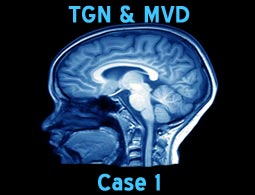 |
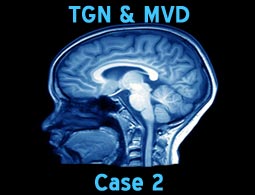 |
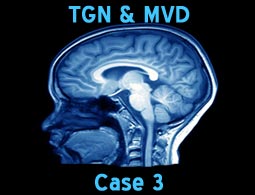 |
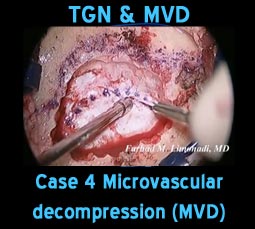 |
 |
 |
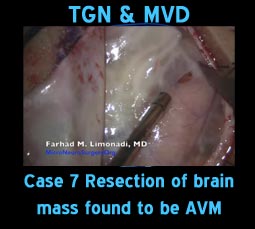 |
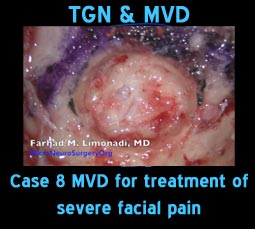 |
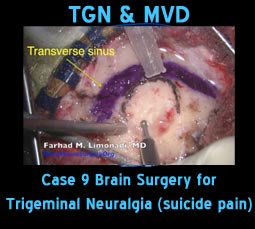 |


















